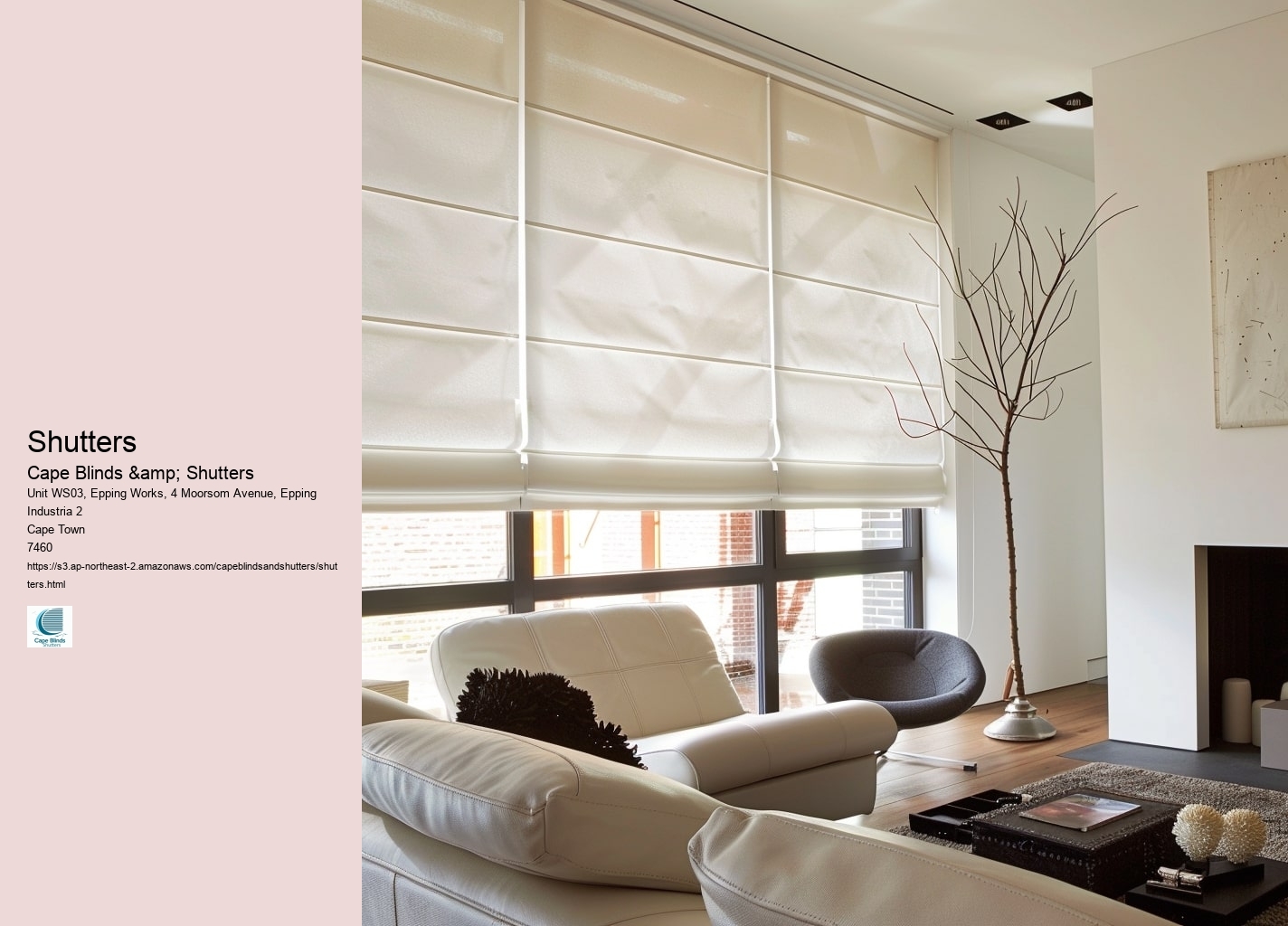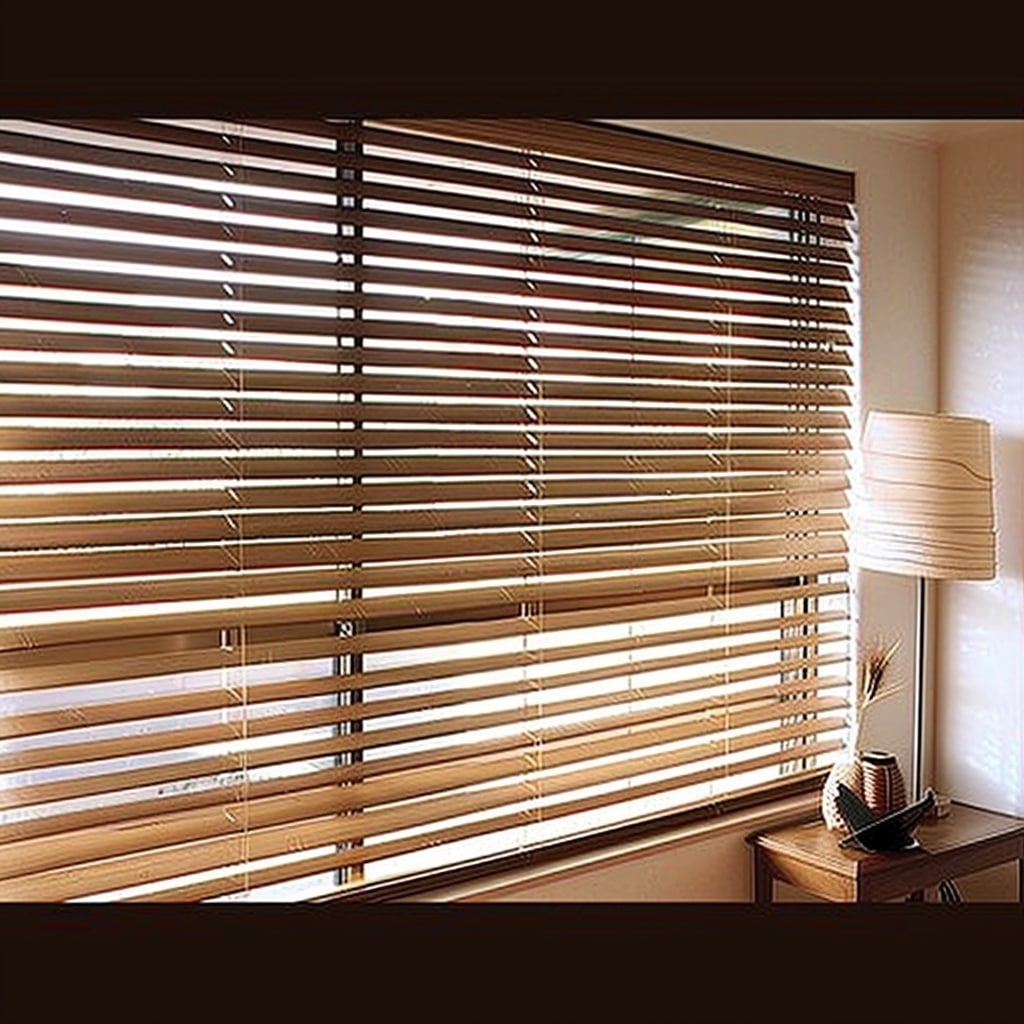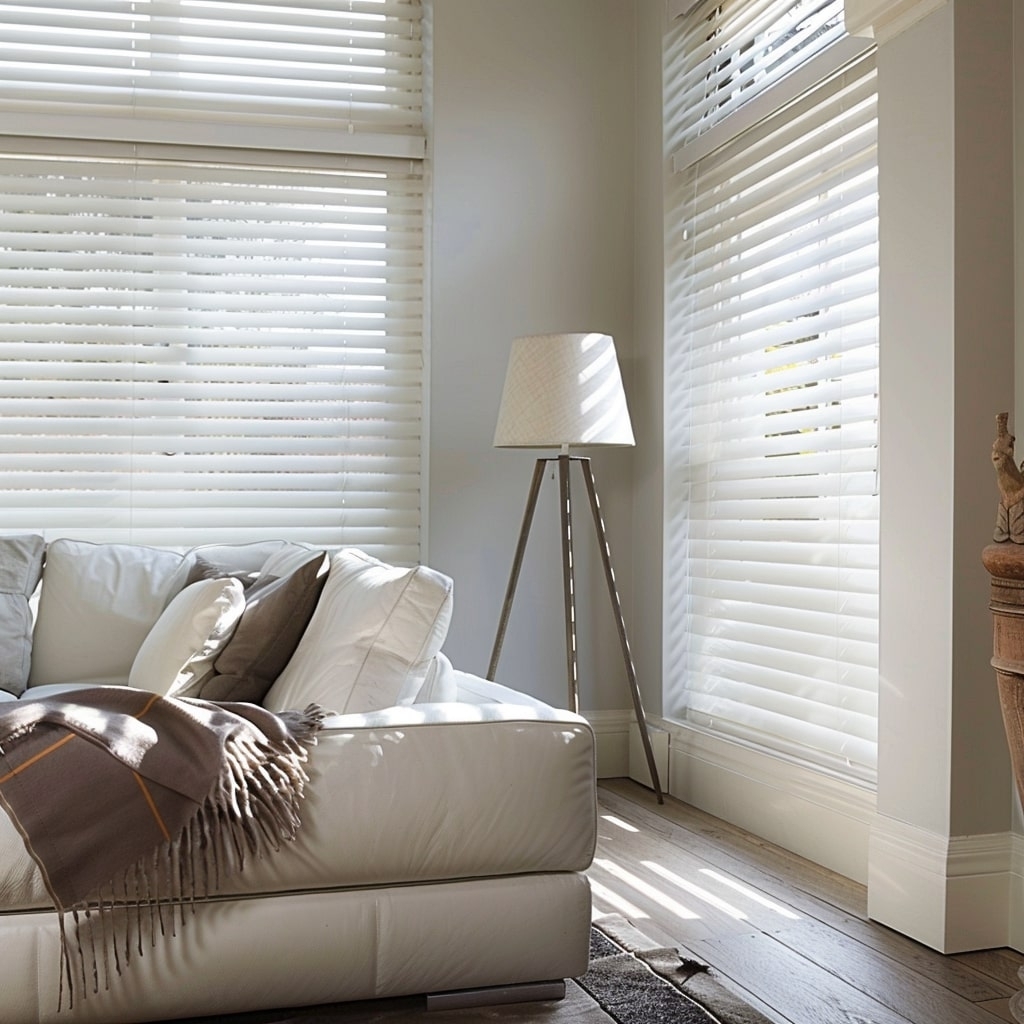
Shutters have been a staple in architecture for centuries, serving both practical and aesthetic purposes. The history of shutters can be traced back to ancient times when they were used by the Greeks and Romans to regulate light and ventilation in their homes.
In the Middle Ages, shutters became more elaborate, often featuring intricate designs and carvings. They were also used as a form of protection against intruders and inclement weather. As European explorers traveled to new lands, they brought the concept of shutters with them, influencing architectural styles around the world.
During the Renaissance period, shutters continued to evolve as advancements in technology allowed for more sophisticated designs. In colonial America, shutters became commonplace on homes as settlers sought ways to protect their dwellings from harsh weather conditions.
In modern times, shutters are still widely used in both residential and commercial buildings. While their primary function remains regulating light and ventilation, shutters now come in a variety of materials and styles to suit different architectural tastes.
Overall, the history of shutters is one that reflects both practicality and creativity. From simple wooden slats to ornate metal designs, shutters have stood the test of time as a versatile and timeless architectural element.
Shutters are a popular choice for homeowners looking to add style and functionality to their windows. They come in various types, each with its own unique features and benefits.
One common type of shutter is the plantation shutter. These shutters have wide louvers that can be adjusted to control the amount of light and privacy in a room. Plantation shutters are also known for their durability and timeless appeal, making them a popular choice for many homes.
Another popular option is the traditional solid panel shutter. These shutters feature solid panels that can be opened or closed to block out light and provide privacy. Solid panel shutters come in a variety of materials, including wood, vinyl, and composite, allowing homeowners to choose the best option for their needs.
For those looking for a more modern look, there are also contemporary shutters available. These shutters typically feature sleek lines and minimalistic designs, making them perfect for modern homes or businesses. Contemporary shutters often come in bold colors or metallic finishes to add a touch of flair to any space.
No matter what type of shutter you choose, they all offer benefits such as increased privacy, light control, and energy efficiency. With so many options available, you can easily find the perfect shutters to complement your home's style and enhance its overall appearance.

Shutters are a popular choice for many homeowners looking to enhance the aesthetic appeal of their homes while also reaping the numerous benefits they provide. One major benefit of using shutters in homes is their ability to control natural light and privacy. By simply adjusting the louvers, homeowners can easily regulate the amount of sunlight entering a room, allowing for a comfortable and well-lit space.
Additionally, shutters offer insulation benefits by helping to keep rooms cool in the summer and warm in the winter. This can lead to energy savings by reducing the need for excessive heating or cooling. Shutters also provide an extra layer of security for homes, acting as a deterrent against potential intruders.
Another advantage of using shutters is their durability and low maintenance requirements. Unlike curtains or blinds that may need frequent cleaning or replacement, shutters are easy to clean and long-lasting with proper care. They are also versatile in design, coming in various styles, colors, and materials to suit different home decor preferences.
Furthermore, shutters can increase the value of a home by adding a touch of elegance and sophistication. They are considered a timeless window treatment option that can enhance the overall look and feel of any room.
In conclusion, there are numerous benefits to using shutters in homes, including light control, privacy, insulation, security, durability, low maintenance requirements, versatility in design, and increased home value. With all these advantages combined, it's no wonder why shutters continue to be a popular choice among homeowners looking to improve both the functionality and aesthetics of their living spaces.
When it comes to choosing shutters for your home, there are several important factors to consider. First and foremost, you'll want to think about the style of shutters that will best complement your home's aesthetic. There are many different types of shutters available, from traditional wooden shutters to modern vinyl options, so take some time to think about what will work best with the overall look of your home.
Another key factor to consider is the material of the shutters. Different materials offer varying levels of durability and maintenance requirements, so be sure to choose a material that fits your lifestyle and budget. For example, if you live in a humid climate, you may want to opt for moisture-resistant vinyl shutters.
You'll also want to think about the functionality of the shutters. Are you looking for shutters that can provide privacy and light control? Or do you need shutters that can withstand strong winds and storms? Consider how you plan to use your shutters on a day-to-day basis and choose accordingly.
Finally, don't forget about installation considerations. Some shutter styles may require professional installation, while others can be easily installed as a DIY project. Make sure you understand what is involved in the installation process before making your final decision.
By considering these factors carefully, you can choose shutters that not only enhance the beauty of your home but also meet your practical needs.


Taking care of your shutters is important to ensure they stay in top condition and last for many years. Here are some maintenance and care tips for shutters that will help keep them looking great and functioning properly.
First, it's important to regularly dust your shutters with a soft cloth or duster to remove any build-up of dirt and debris. This will prevent the shutters from becoming discolored or damaged over time. You can also use a mild cleaning solution and water to gently clean the shutters if needed.
It's also a good idea to check the hinges and hardware on your shutters periodically to make sure they are tight and secure. If you notice any loose screws or hinges, tighten them up right away to prevent further damage.
If you have wooden shutters, it's important to keep them well-sealed with a protective finish to prevent warping or cracking. Be sure to reapply the finish as needed according to the manufacturer's recommendations.
During extreme weather conditions such as heavy rain or strong winds, it's a good idea to close your shutters for added protection. This will help prevent any damage caused by harsh elements.
Lastly, if you notice any signs of damage or wear on your shutters, be sure to address them promptly before they worsen. Whether it's a small crack or chip, taking care of minor repairs early on can prevent more costly repairs down the line.
By following these maintenance and care tips for shutters, you can enjoy beautiful and functional window treatments for many years to come.
When it comes to installing shutters in your home, there are a few key steps you'll want to follow to ensure a smooth and successful process.
First, start by measuring the windows where you plan to install the shutters. It's important to get accurate measurements so that the shutters fit properly and look seamless once they're in place.
Next, choose the type of shutter you want - whether it's plantation shutters, solid panel shutters, or something else. Make sure to select a style that complements your home's decor and meets your functional needs.
Once you have your shutters ready, begin by attaching the frame or mounting hardware to the window opening. This step may vary depending on the type of shutter you've chosen, so be sure to follow any specific instructions provided by the manufacturer.
After the frame is in place, carefully hang each shutter panel onto the mounting hardware. Double-check that everything is aligned correctly and secure before moving on.
Finally, make any necessary adjustments or finishing touches to ensure that your new shutters are perfectly installed and functioning properly. And voila! You now have beautiful new shutters that not only enhance the look of your home but also provide added privacy and light control.
By following these simple steps and taking your time with the installation process, you can enjoy all the benefits that quality shutters have to offer for years to come.